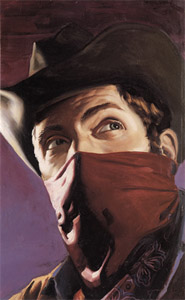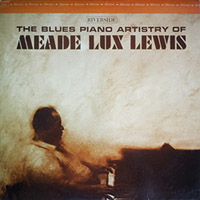Does history follow the Artist or does the Artist follow history? Thought is a vital, living force, the most vital, subtle and irresistible force that exists in universe... caused by the vibration of psychic vital air.
"...The future of the whole world is in your hands. You can make it or break it. The entire world is going to be watching. The entire world is going to know what the American youth can do for humanity." Swami Satchidananda - From his opening speech at the Woodstock Festival, 1969
"In serving his vision of the truth, the artist best serves his nation." Remarks at Amherst College, 1963 President John F. Kennedy
As I sit here writing on a flat, clean, highly lit, high definition screen, I can only wonder what one of the main architects of the Italian renaissance would be creating. Giotto di Bondone (1266/7 - January 8, 1337), is generally regarded as being the first in line of the great artists of the Italian renaissance. As a young boy, he had the ability to draw his subjects in a more life like way -- seeing the world with new eyes. All the known artists of the day drew in a flat perspective. At the time, great masters apprenticed the best young artist. The knowledge was passed forward. A new movement called, "renaissance humanism" then emerged as a way to develop and teach the best new minds, some noted artists of the day were Michelangelo and Leonardo.

During the late 1930s, young artists were formed out of the progressive educational movement. Black Mountain College, located in NC, had some noted contributors. Buckminster Fuller, Albert Einstein, to name a few, would expand the "renaissance experience" to include the education of the total person. Some of the many alumni include Robert Rauschenberg and Irving Penn.
Pablo Picasso learned how to draw by watching the pigeons on the towns' square and creating a photorealistic sketch. His study of the art of "seeing" evolved into realism. His father was an artist. When I was a three-year-old child in China my mother hired an art teacher, who stayed nine years to teach me the art of drawing. I used to practice everyday; sitting on the balcony as the teacher would give me piles of paper. She did this month by month, year by year, until I started to draw things I could see and then imagine in my mind. By the time I was 16, I had mastered many artistic techniques and skills. Great teachers make great artists. 
Watching the 60's approach like a surrealistic bullet full of rainbows, creativity was expressed through film, theater, music, and the fine art world like no other time in history. Love, peace, and happiness were at the centerpiece of the human experience and the media brought the message to the masses -- all could experience, all could contribute.
All cultures are measured by the art they leave behind, long after modern technology has been recycled into the abyss, the great works of art will endure. I propose we re-evaluate our culture of education. Edison may have invented the incandescent bulb, but what's the point if the content we experience fails to expand our knowledge of life and what you can see with light?
Art education in America is as important to our culture as teaching science, math, history or literature -- we have many new things yet to be discovered.
What do you think?
Love,
Cowboy, Copyright 1957 Peter Max, All Rights ReservedMeade Lux Lewis, Copyright 1961 Peter Max, All Rights Reserved